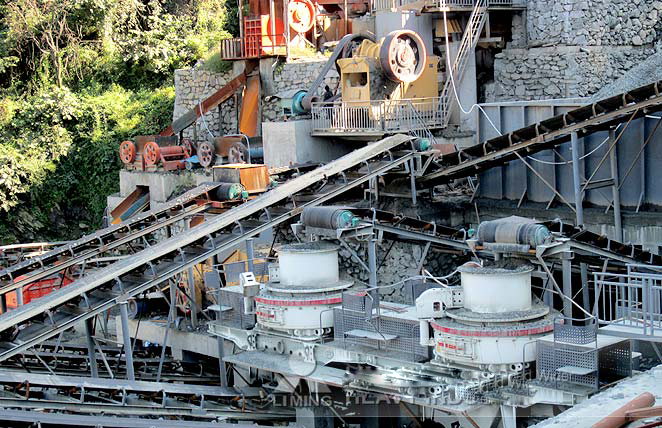Stone crusher bearings are critical components that support the rotation of the crusher’s eccentric shaft and other moving parts. They endure heavy loads, vibrations, and harsh operating conditions (dust, moisture, high temperatures). Here’s a detailed guide on stone crusher bearings:
—
1. Types of Bearings Used in Stone Crushers
– Spherical Roller Bearings: Most common due to their ability to handle heavy radial and axial loads and misalignment.
– Cylindrical Roller Bearings: Used for high radial loads in some crusher designs.
– Tapered Roller Bearings: Suitable for combined radial and axial loads (e.g., in cone crushers).
– Self-Aligning Ball Bearings: Occasionally used in lighter-duty applications.
—
2. Common Bearing Locations in Stone Crushers
– Jaw Crushers:
– Eccentric shaft bearings (spherical roller bearings).
– Pitman bearing (supports the moving jaw).
– Toggle plate bearings.
– Cone Crushers:
– Main shaft bearings (tapered or spherical roller bearings).
– Countershaft bearings.
– Eccentric assembly bearings.
– Impact Crushers:
– Rotor shaft bearings (spherical roller bearings).
—
3. Key Features of Stone Crusher Bearings
– High Load Capacity: Must withstand shock loads from crushing hard materials.
– Durability: Made from high-grade steel (e.g., chrome or carbide-treated).
– Sealing: Robust seals (labyrinth, rubber, or metal shields) to prevent dust/contaminant ingress.
– Lubrication: Often require grease or oil lubrication systems for long life.
—
 4. Common Bearing Failures & Causes
4. Common Bearing Failures & Causes
– Overheating: Poor lubrication, excessive load, or misalignment.
– Wear/Pitting: Contamination (dust, metal particles) or inadequate sealing.
– Brinelling/Cracking: Shock loads or improper installation.
– Corrosion: Moisture ingress or improper storage.
—
 5. Maintenance Tips for Longevity
5. Maintenance Tips for Longevity
1. Proper Lubrication:
– Use high-quality grease/oil recommended by the manufacturer.
– Follow relubrication intervals (typically every 8–12 weeks for greased bearings).
2. Seal Inspection:
– Replace damaged seals immediately to prevent contamination.
3.





Leave a Reply